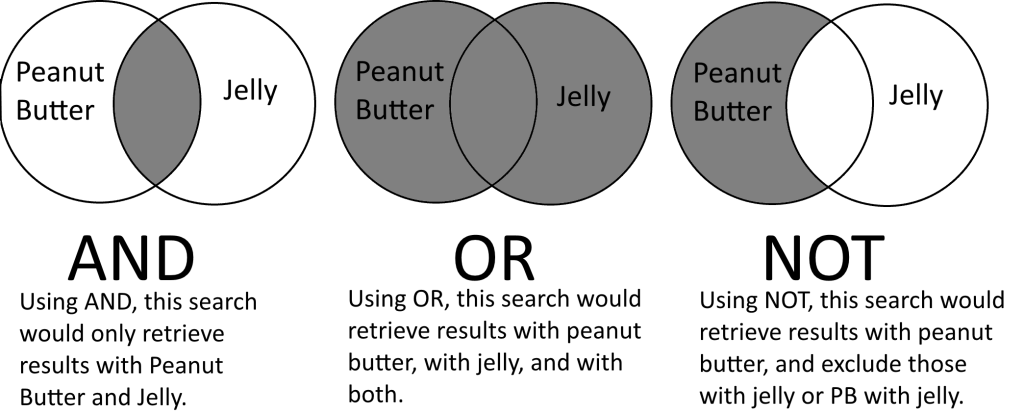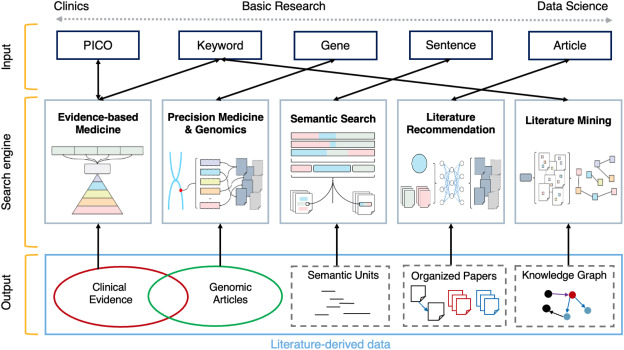Scholarly publishing has been an integral part of scientific discovery and dissemination for the past several hundred years, however the 21st century has shifted that paradigm. In a time when there were only a handful of scientific journals, the process of publishing and dissemination was slow yet consistent; but it was also very gated, with male academics in their ivory towers deciding what was important and what was not important to be published.
The dawn of the internet spurred a massive shift in how publishing fundamentally worked. Many of the major scientific journal publishers began to steadily increase their prices, and at the same time new journals began publishing exclusively online, which decreased their overhead costs of print, and began experimenting with the idea of open access. In turn, traditional peer-reviewed journals continued to increase their subscription rates, often making them prohibitively expensive for low-income countries, as well as small institutions and libraries.
In the past quarter-century the growth of scientific journals has exploded, and in turn the number of articles published has grown exponentially. And while it opens the doors to many more researchers being able to get their research published, and the speed and depth of scientific discovery and dissemination has sped up significantly, this shift has left many in the scientific community unsure how to best proceed in this age of open access and unfortunately some get taken advantage of in their desire to publish.
The Scholarly Publishing and Academic Resources Coalition (SPARC) has written a very good overview of why OA matters and how it works. This initiative extends to textbooks and research data sets.
The Open Access Initiative
Open access is a publishing and distribution model that makes scholarly research literature—much of which is funded by taxpayers around the world—freely available to the public online, without restrictions. The Open Access Initiative formally began on February 14, 2002, after a conference in Budapest in December 2001 led to a public statement regarding the principles of open access to research literature. This became known as the Budapest Open Access Initiative.
On April 11, 2003 a group of researchers convened at Howard Hughes Medical Institute, with the goal of improving the access to scholarly literature by developing the logistics of how this material would be made available. The group formulated a definition of an open access journal as:
“one that grants free, irrevocable, worldwide, perpetual right of access to, and a license to copy, use, distribute, transmit, and display the work publicly and to make and distribute derivative works, in any digital medium for any responsible purpose, subject to proper attribution of authorship.“
This meeting and their released public statement became known as the Bethesda Statement on Open Access Publishing.
In October 2003 another group convened during a conference in Berlin to establish an international statement on open access and the availability of information and knowledge to the entire international scientific community. The statement from this Berlin Declaration on Open Access to Knowledge in the Sciences and Humanities was published on October 22, 2003.
At a 2005 follow-up conference, the declaration was refined to two key principles: signatories should require researchers to deposit a copy of their work in an open access repository and encourage the publication of work in open access journals when available. Today these two concepts are often called “Green OA” and “Gold OA” respectively, and the two combined are referred to as an open-access mandate.
Together, these three statements (Budapest, Bethesda, and Berlin) are collectively known as the “BBB definition.” From these three, the entire open access movement has been formed and shaped into the entire open access publishing environment that we have today.
NIH Public Access Policy
The NIH Public Access Policy was implemented in 2008 to advance science and improve human health by providing free online access to full-text, peer-reviewed journal articles arising from taxpayer-funded research.
The National Institutes of Health (NIH) requires every scientist who receives an NIH research grant and publishes the results in a peer-reviewed journal to deposit a digital copy of the article in its digital archive, PubMed Central (PMC). In turn, the NIH will make these articles freely available within one year of publication.
While NIH Public Access Policy essentially makes articles published even in non-open access journals available freely to the public, it is only required for articles that are funded using US-taxpayer money (any NIH grant, including P30 Core Grants). It also included up to a 12-month period with which it needed to be available. That will be changing, as a policy change announced in 2022 will require any research with federal grant funds to be available immediately without delay upon publication. This policy change will go into effect no later than December 31, 2025.
How Do Open Access Journals Work?
Open access journals are journals whose articles are freely available worldwide without restrictions or embargo using a Creative Commons License granted by the authors. The primary difference between open access journals and closed access journals is how they are funded.
- Closed access journals (traditional subscription-based journals such as NEJM, JAMA, etc.) are funded by their readers through individual and institutional subscriptions, as well as pay-per-view. Usually this means libraries are forced to foot the cost of ever-increasing subscriptions to continue to get access.
- Open access journals are freely accessible to the readers, but without subscription fees they need to find funding and make money through a different means. The primary means of funding open access journals is through author-paid article processing charges (APCs). Other journals may be funded through institutions, professional societies, and consortia and rely on volunteers to publish.
- Hybrid journals are closed access journals that offer authors the option to make their work freely available after paying the journal a hefty fee. This hybrid model can be seen as “double dipping” by the publishers who are making money off of both their readers (subscriptions) and authors (processing fees), and is seen as controversial and in disagreement with the open access philosophy.
Types of Open Access
Gold Open Access
Gold OA is the type of open access that is directly connected to “open access journals”.
- The final publisher version is open access via the journal website without any embargo period.
- The publication has a license intended to maximize reuse, such as CC-BY.
- The author(s) may be subject to pay an additional article processing charge (APC) by the publisher.
Green Open Access
Green OA is the type of open access that harnesses self-archiving by the author to provide freely available access.
- Authors can archive their paper in an full-text journal or subject repository or in their institutional repostory.
- The version archived is usually the final author version as accepted for publication.
- Preprints fall under Green OA.
- There are no additional charges (APCs) to paid.
- A publisher embargo period may apply (usually 12 months).
Platinum/Diamond OA
- Journals that publish OA but do not charge the authors APCs
- Usually funded by institutions, advertising, philanthropy, etc
Bronze OA
- Journal free to read online but doesn’t have a license
- Not generally sharable or reusable
Black OA
- Illegal open access
- Pirated versions of articles
Open Access Resources
MSK Library Information Guides
MSK Documentation for NIH Policy
- MSK’s NIH Public Access Policy
- MSK’s Cancer Center Support Grant (CCSG) Publication Compliance Policy
- MSK Copyright Letter for PubMed Central (PMC)
- Quick Sheet – MSK’s P30 Core Grant
Open Access Resources
- Directory of Open Access Journals (DOAJ)
- Directory of Open Access Repositories (OpenDOAR)
- bioRxiv (preprint server)
- PubMed Central (PMC)
- OASPA
- Creative Commons


